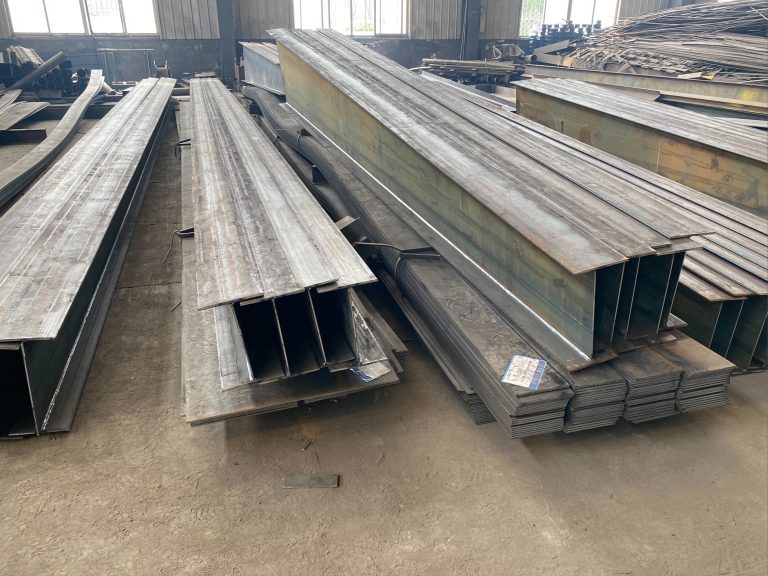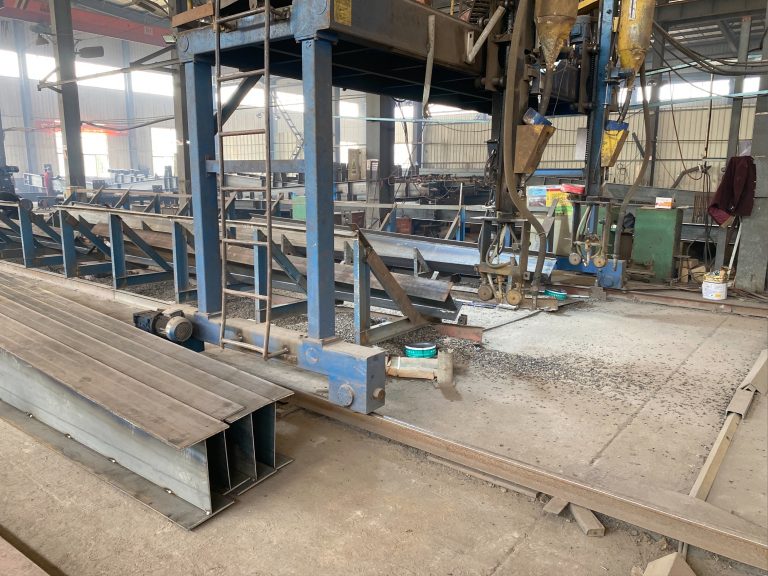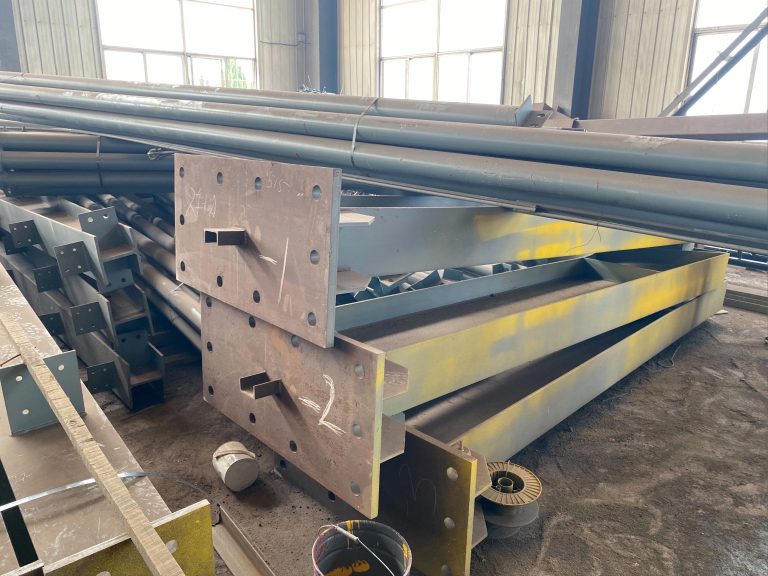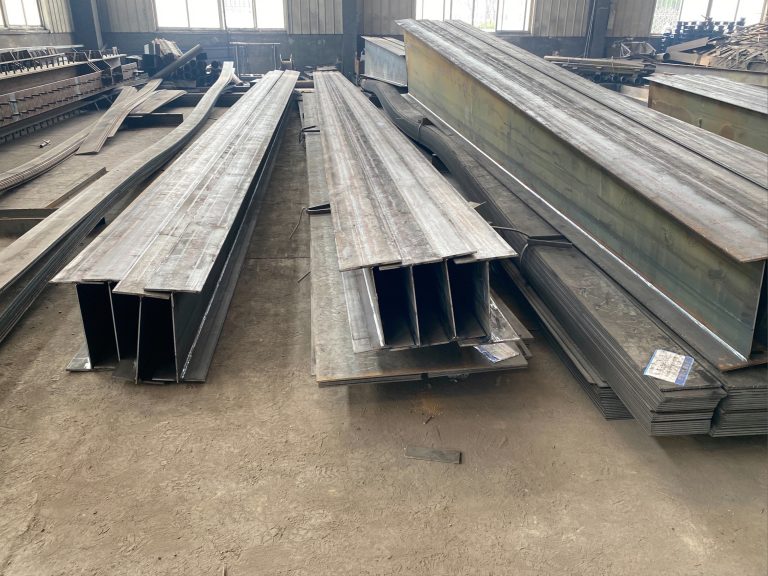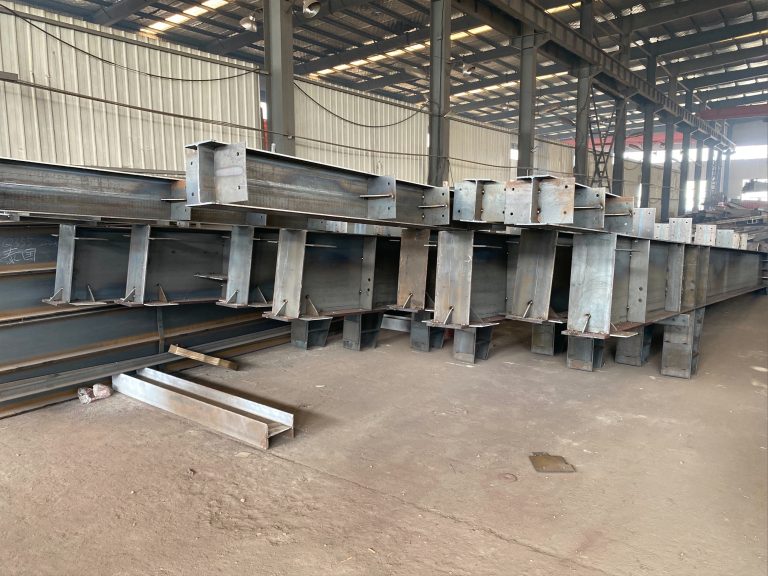The innovative practice of steel structure in the construction of sports facilities.
Table of Contents
Advantages of Using Steel Structure in Sports Facility Construction
Steel structures have become increasingly popular in the construction of sports facilities due to their numerous advantages. From stadiums to indoor arenas, steel offers a versatile and durable solution for architects and engineers looking to create state-of-the-art sporting venues.
One of the key advantages of using steel in sports facility construction is its strength and durability. Steel is known for its high tensile strength, which allows for large open spaces to be created without the need for supporting columns. This is particularly important in sports facilities where unobstructed views are essential for spectators. Additionally, steel structures are able to withstand extreme weather conditions, making them ideal for outdoor stadiums that are exposed to the elements.
Another benefit of steel structures is their flexibility and adaptability. Steel can be easily modified or expanded to accommodate changing needs or requirements. This is particularly useful in sports facilities where seating arrangements or playing surfaces may need to be adjusted for different events or competitions. Steel structures can also be easily dismantled and relocated, making them a sustainable option for venues that may need to be moved or repurposed in the future.
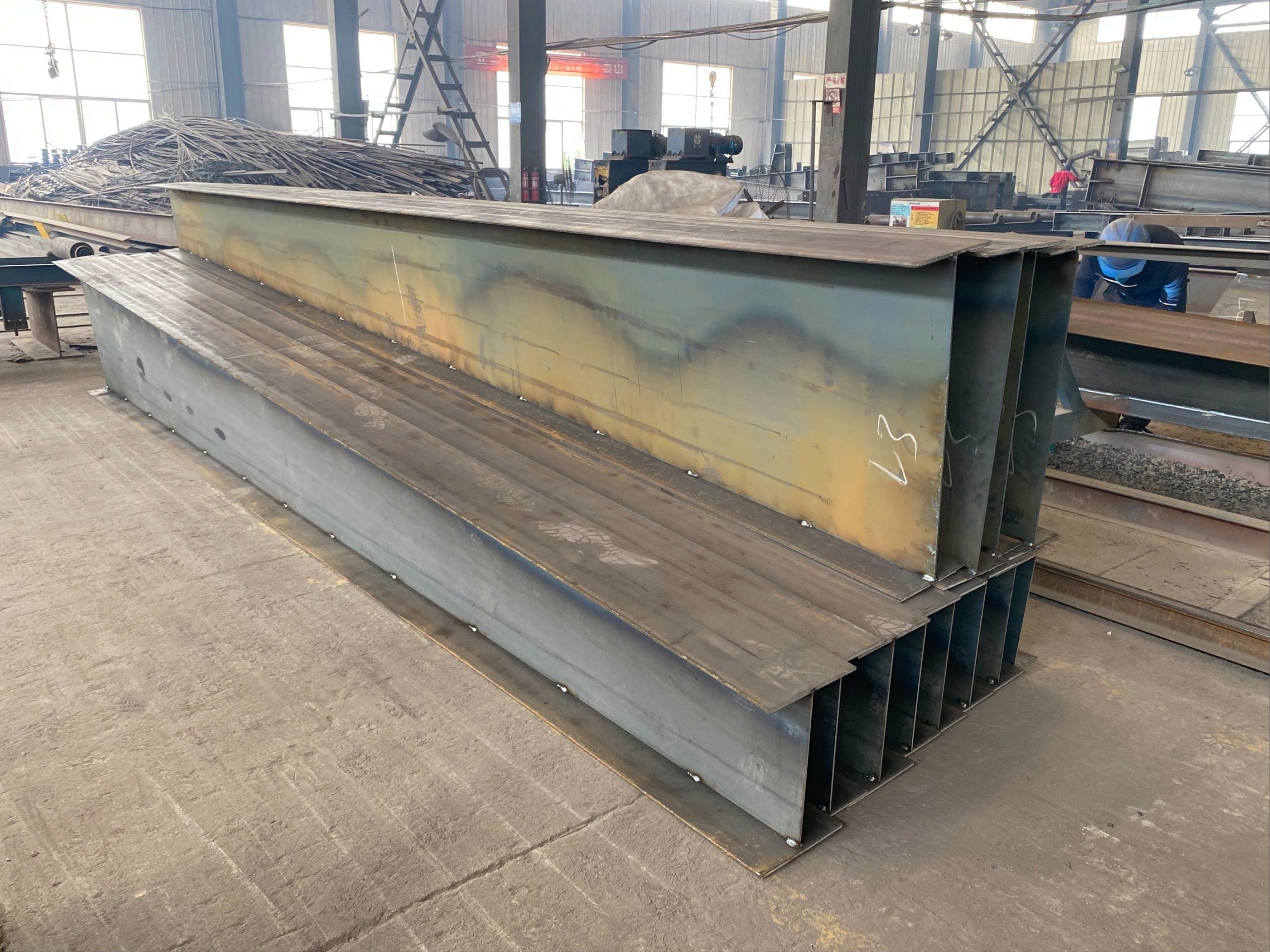
In addition to their strength and flexibility, steel structures are also cost-effective. Steel is a relatively affordable building material compared to traditional materials like concrete or wood. The construction process for steel structures is also faster and more efficient, which can result in significant cost savings for developers and investors. Furthermore, steel structures require less maintenance and upkeep over time, reducing long-term operating costs for sports facilities.
Steel structures also offer environmental benefits. Steel is a recyclable material, which means that it can be reused or repurposed at the end of its life cycle. This makes steel structures a sustainable choice for sports facilities that are looking to reduce their environmental impact. Additionally, steel structures are energy-efficient, as they can be easily insulated to improve thermal performance and reduce heating and cooling costs.
Overall, the innovative practice of using steel structures in the construction of sports facilities offers a wide range of advantages. From their strength and durability to their flexibility and cost-effectiveness, steel structures provide a versatile and sustainable solution for architects and developers looking to create cutting-edge sporting venues. As the demand for modern and efficient sports facilities continues to grow, steel structures are likely to play an increasingly important role in the construction industry. By harnessing the benefits of steel, architects and engineers can create iconic and functional sports facilities that meet the needs of athletes, spectators, and communities for years to come.
Case Studies of Successful Sports Facilities Built with Steel Structures
Steel structures have become increasingly popular in the construction of sports facilities due to their durability, versatility, and cost-effectiveness. The use of steel in sports facility construction allows for large, open spaces to be created without the need for numerous support columns, providing athletes and spectators with unobstructed views of the action. In this article, we will explore some case studies of successful sports facilities that have been built using steel structures.
One notable example of a sports facility constructed with steel is the Mercedes-Benz Stadium in Atlanta, Georgia. This state-of-the-art stadium is home to the NFL’s Atlanta Falcons and MLS’s Atlanta United FC. The stadium’s unique retractable roof, which is made of lightweight steel, allows for natural light to enter the stadium while also providing protection from the elements. The use of steel in the construction of the Mercedes-Benz Stadium not only helped to reduce construction costs but also allowed for the creation of a visually stunning and functional sports facility.
Another impressive sports facility built with steel is the Allianz Arena in Munich, Germany. This iconic stadium is home to the Bundesliga powerhouse FC Bayern Munich and features a striking facade made of inflated ETFE panels supported by a steel structure. The use of steel in the construction of the Allianz Arena allowed for the creation of a dynamic and visually appealing design that has become a symbol of modern architecture in sports facilities.
The U.S. Bank Stadium in Minneapolis, Minnesota, is another example of a successful sports facility built with steel. This multi-purpose stadium is home to the NFL’s Minnesota Vikings and has hosted numerous major events, including Super Bowl LII. The stadium’s innovative roof design, which is made of lightweight steel and ETFE panels, allows for natural light to enter the stadium while also providing protection from the elements. The use of steel in the construction of the U.S. Bank Stadium not only helped to reduce construction costs but also allowed for the creation of a versatile and visually stunning sports facility.
The innovative practice of using steel structures in the construction of sports facilities has revolutionized the way that these buildings are designed and built. Steel structures offer numerous benefits, including durability, versatility, and cost-effectiveness, making them an ideal choice for sports facility construction. The case studies mentioned above demonstrate the successful implementation of steel structures in sports facility construction, resulting in visually stunning and functional buildings that have become symbols of modern architecture.
In conclusion, the use of steel structures in the construction of sports facilities has become a popular and innovative practice that offers numerous benefits to both athletes and spectators. The case studies of successful sports facilities built with steel structures highlight the versatility and cost-effectiveness of this building material, as well as its ability to create visually stunning and functional designs. As the demand for state-of-the-art sports facilities continues to grow, it is likely that steel structures will play an increasingly important role in the construction of these buildings.

